Swami Vivekananda once said, “I do on believe in a God or Religion that does not bring a piece of bread to the orphan’s mouth or wipe away the widow’s tears.” In another place he says, “Half a loaf of bread is better than no bread at all.” Such strong statements reflect his constant concern for the common man and his vision of a religion that is practical and provides the individual with the inspiration to know and seek God.
It also shows the socialist side of his nature. Swami Vivekananda was deeply troubled by the inequities that prevailed in Indian society. He just could not accept the fact that the gap between the rich and the poor was something that could not be bridged. India of today is not very different from what it was then. Today the top 20% of Indians generate and control 85% of India’s wealth, while the bottom 20% for whom Swamiji’s heart bled, generate and control a mere 1.5% of India’s wealth. What is it that Government or Society can do to reduce such gross inequities? Is mere charity a solution or should we look at this issue with more depth and explore more empowering options of bringing in equity? Swami Vivekananda believed in raising the poor and ignorant masses not through mere doles, but wanted them to be empowered and made capable of building their own destinies. All that he wanted the ‘haves’ in society to do was to create an enabling and facilitatory environment, wherein the poor could raise themselves up without affecting their self-esteem and dignity. He was not only sensitive to the economic disparities but was deeply pained by the social inequities that were prevailing. He considered that the great national sin was the neglect of the masses and that was one of the causes of India’s downfall. He wanted these masses to be well-educated, well fed and well cared for. He said, “If you want to regenerate India, we must work for them.”
For Swamiji, bringing in equity was not by bringing down the rich but by pushing up the poor. This is so very relevant in today’s India. We now have a country wherein more than 200 districts are affected by violence, and people are adopting the ideology of bringing in social equity from the barrel of a gun. Swamiji often remarked that social rising-up in India should happen not by ‘revolution’ but by ‘evolution’. What foresight he had! He understood that people would not sit and tolerate this inequity for too long. They would get restless and take to addressing this problem from an emotive plane rather than from a rational one. An agitated and restless group of people can be easily motivated to take to violence with disastrous consequences. At the same time, Swamiji also understood that a country could not truly grow and thrive till the benefits of economic prosperity reached out to the last man on the street. He also understood that mere charity can be very demeaning and take away human enterprise and initiative. This would also not be a sustainable and permanent way of solving this problem. He urged people to see religion as a means of serving the less fortunate without snatching away their sense of pride, dignity and self-esteem. He wanted this kind of assistance to be life-giving and enabling. He wanted to make sure that the masses would once and for all be raised and would not have to depend either on a benevolent government or on a philanthropic society. This practical and non-violent way forward would neither create insecurity in the minds of the wealthy nor any negative emotion in the people trying to climb up the economic ladder.
What India needs today are leaders and planners who can think and act like Vivekananda. Otherwise, the rapid growth that we see today will continue to rest in the hands of a chosen few. And this could only strengthen the hands of those who ideologically believe that a violent snatching away from the rich is the only way to provide for the poor.

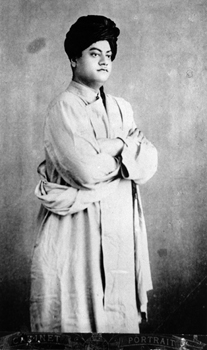
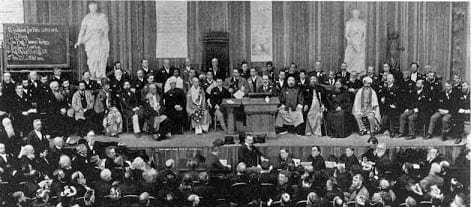

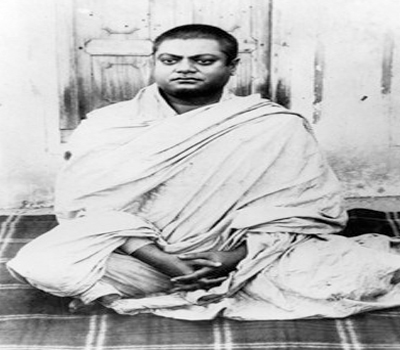
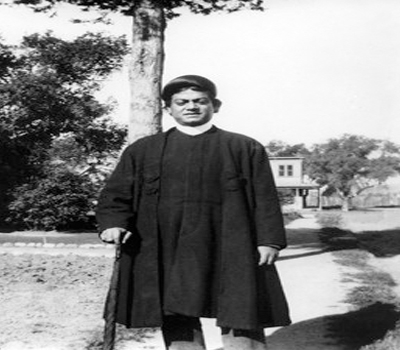
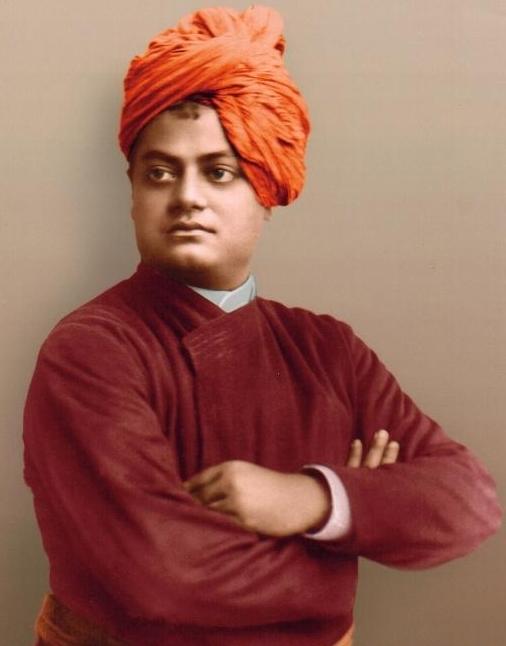
Leave A Comment